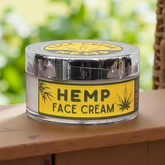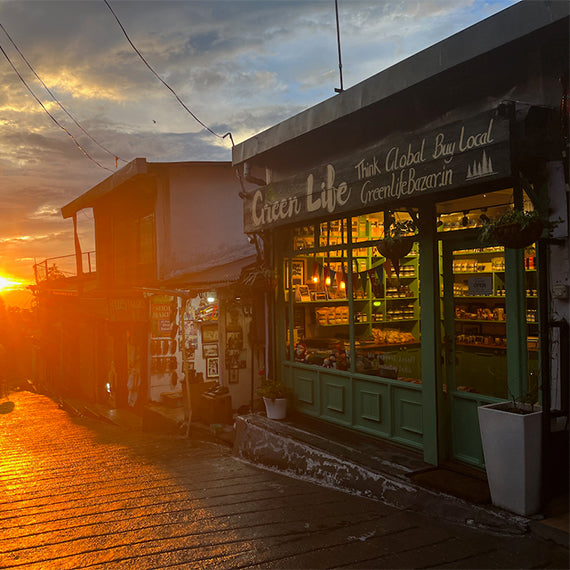Introduction
A warm cup of tea is more than just a drink—it’s an experience, a tradition, and a way to connect with others. Whether you're sipping herbal tea on a quiet morning or sharing a pot with friends, tea brings comfort and warmth to every moment. But did you know that different countries have their own unique ways of preparing and enjoying herbal tea? From India to Japan, Morocco to England, let’s take a journey around the world and explore the fascinating tea cultures that make every sip special.
India: The Land of Spiced Herbal Teas
In India, tea is not just a beverage; it’s a way of life. While Masala Chai (spiced milk tea) is famous, herbal teas are equally loved for their health benefits and refreshing flavors.
-
Tulsi (Holy Basil) Tea – Made from tulsi leaves, this tea is known for its calming properties.
-
Ginger-Lemon Tea – A common homemade remedy for colds, this tea is a soothing mix of fresh ginger, lemon, and honey.
-
Turmeric Tea – Often enjoyed with black pepper, this golden tea is packed with antioxidants.
In many Indian homes, herbal tea is served with biscuits or snacks, making it a comforting daily ritual.
China: The Art of Traditional Tea Brewing
China is known as the birthplace of tea, with a history that dates back thousands of years. While green and oolong teas dominate, herbal teas are also widely consumed.
-
Chrysanthemum Tea – A floral tea made from dried chrysanthemum flowers, known for its cooling effects.
-
Ginseng Tea – Popular for boosting energy and improving focus.
-
Goji Berry Tea – Made with dried goji berries, this tea is mildly sweet and full of nutrients.
Chinese tea culture values patience and precision. Tea leaves or flowers are steeped carefully, and the tea is often served in small cups to appreciate its aroma and taste.
Japan: A Deeply Rooted Tea Tradition
Japan is famous for its Matcha Tea, but herbal teas also hold a special place in Japanese culture.
-
Kukicha (Twig Tea) – Made from tea stems and twigs, this tea has a mild, nutty flavor.
-
Yuzu Tea – A citrus-infused herbal tea, perfect for winter.
-
Sakura Tea – Made from cherry blossom petals, this tea is often enjoyed during the cherry blossom season.
In Japan, tea is more than a drink—it’s a meditative practice. Many people take time to prepare tea mindfully, appreciating its color, fragrance, and taste.
Morocco: The Famous Mint Tea Ritual
In Morocco, tea is a symbol of hospitality. Mint Tea, also known as “Maghrebi Tea,” is the heart of Moroccan tea culture.
-
Made with green tea, fresh mint leaves, and sugar, this tea is served in small glasses.
-
The tea is poured from a height to create a foamy layer on top.
-
It’s often enjoyed with dates or nuts as a sign of welcome.
Moroccan Mint Tea is not just a drink—it’s an experience that brings people together in homes, cafes, and markets.
England: The Afternoon Tea Tradition
England is famous for its afternoon tea culture, where tea is enjoyed with sandwiches, scones, and cakes. But herbal teas have also become popular in modern times.
-
Chamomile Tea – A soothing tea enjoyed before bedtime.
-
Peppermint Tea – A refreshing tea often served after meals.
-
Hibiscus Tea – A tart, floral tea rich in antioxidants.
In England, herbal teas are often enjoyed in elegant teapots and cups, making tea time a relaxing and classy affair.
Conclusion
No matter where you are in the world, tea is a universal language that brings people together. Whether it’s a simple homemade herbal tea or a traditional tea ceremony, every country has its own way of enjoying this timeless beverage.
At Green Life Bazar, we bring you the finest herbal teas, inspired by tea cultures from around the world. So why not try a new tea tradition today? Brew a cup, take a deep breath, and enjoy the moment—because every sip tells a story!












